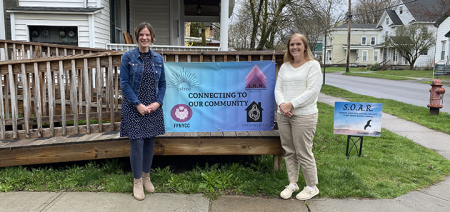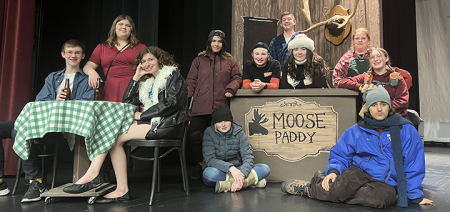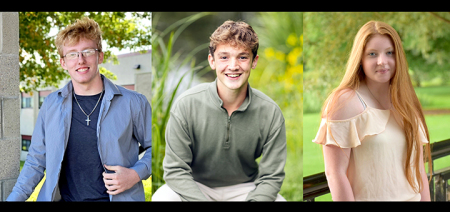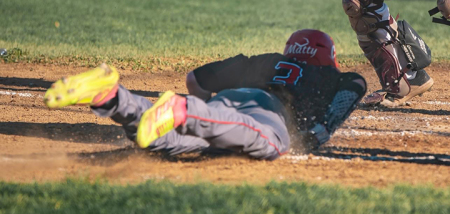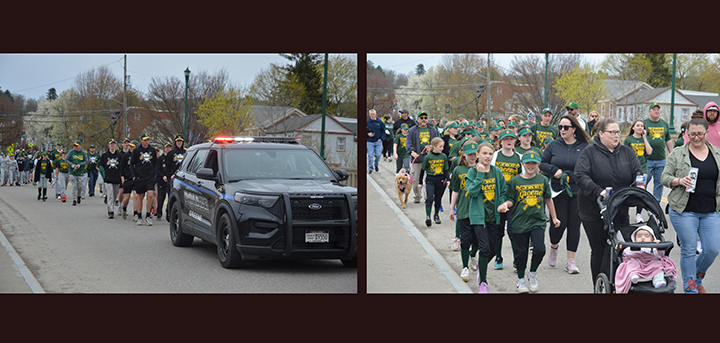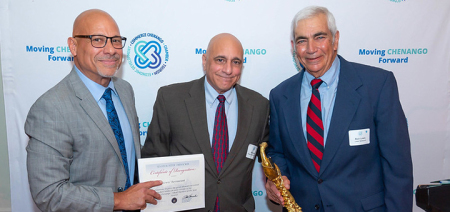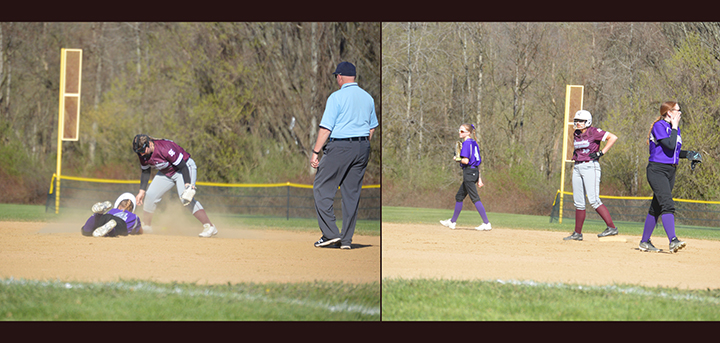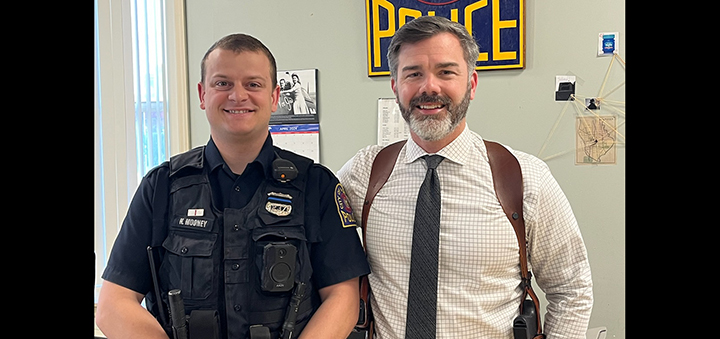Once Upon A Dance – The Norwich Club
Published:
September 21st, 2011
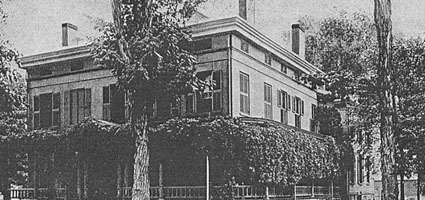
Editor’s Note: The Norwich Dance Club is celebrating the history of ballroom dancing in Chenango County this week with a number of events, including an exhibit at Guernsey Memorial Library and a Community Ballroom Dance at St. Bart’s Parish Center on Saturday. For more information, visit www.norwichdanceclub.com.
By David Graham
Correspondent
Dancing in Bullthistle Country covers the gamut from the round and square dances of the hinterlands to the fancy dress balls of urban society. This column hopes to let the reader look back at how our ancestors tripped the light fantastic. In particular, at the Norwich Club building (which still exists) on East Main Street in Norwich.
The building that became the Norwich Club traces back to 1830 when David Griffing, the owner and operator of a hatting business, buys a house and lot on East Main (or River Street as it was then known) for $1830 on June 3rd and uses it as his residence. About 15 years later in 1845, he has become wealthy enough to replace the original small wooden frame house (moved to Fair Street) with a much more impressive and ornate structure suitable to his prominence as a local merchant. After his death in 1872 on November 24th his wife continues to live there alone until her body is found at the foot of the stairs leading up from the front hallway on Saturday, March 13, 1880, reportedly dead from a broken neck. Depending on which version you read some locals believed this was at the hands of a dissolute son (one of three) who was seen in Norwich that day. Supposedly a rear window was broken in and the house had been rifled and set afire with damage limited to the mother’s first floor northeast corner bedroom. The son, who was not prosecuted, committed suicide by morphine in Syracuse. The author has no wish to defame anyone’s memory and personally considers this to be an urban legend as the formal verdict at the time ruled that Mrs. Griffing had overturned a kerosene lamp in her bedroom causing the fire and died trying to escape.
Regardless, the house was boarded and regarded as “haunted” until 1881 when Frank E. Randall of NYC bought the property for $5,500 and restored the old mansion to its former glory. Over the following nine years, the property passed through the hands of several owners including C. W. Lamphere who added a spacious first story verandah that was only removed in 1956. Then in 1900 Daniel P. Holmes organized the Norwich Club with the object “to promote social intercourse among its members and to provide them with the conveniences of a club”. The East Main Street property and building were purchased by Norwich Club members on May 29th for $11,000 and the residence became the social club for a number well-to-do Norwich residents. The 1905 appearance of the building is shown along with this article.
In the front the first floor contained parlors, reading and smoking rooms that were adjoined in the back by the buffet, grill, banquet hall and game rooms. On the second floor over the banquet hall and game rooms lay the 36 foot by 80 foot ballroom with adjoining parlors on the north, or front side of the building.
In the early 1960’s semi-formal “dress-up” dances were held with live music in the ballroom along with Friday night “mixers” held by the Newcomers Club. The Elks Club next door to the West also had a ballroom and similar dances were held there as well.
In 1964 the Norwich Club building (shown in the 1960 picture above) was sold to the Elks Club. Shortly thereafter sand blasting removed the painted exterior to reveal fine brick walls with stone sills and lintels. The building now houses the Norwich City Police Department.
Unlike other locations mentioned in this series, Norwich Club activities fall within living memory. The author encourages Chenango County residents who have memories, stories or pictures of Norwich Club dance related items that they would like to share to come to the Chenango County Historical Society Museum on Hale when the Dancing in Chenango County exhibit is open. Let’s not let the Norwich Club slip unrecorded into the dusty halls of history alongside the Colonel’s Inn, the Clark Opera House balls and so many other dance events of the past.
Some of the information and photographs in this column were provided courtesy of the Chenango County Historian’s Office. If you want to learn more about dancing in Bullthistle Country there will be exhibits at the Guernsey Public Library (9/17-22) and the Chenango County Historical Society Museum on Hale Street (mid-October). Any and all errors herein are strictly the responsibility of the author.
Comments
